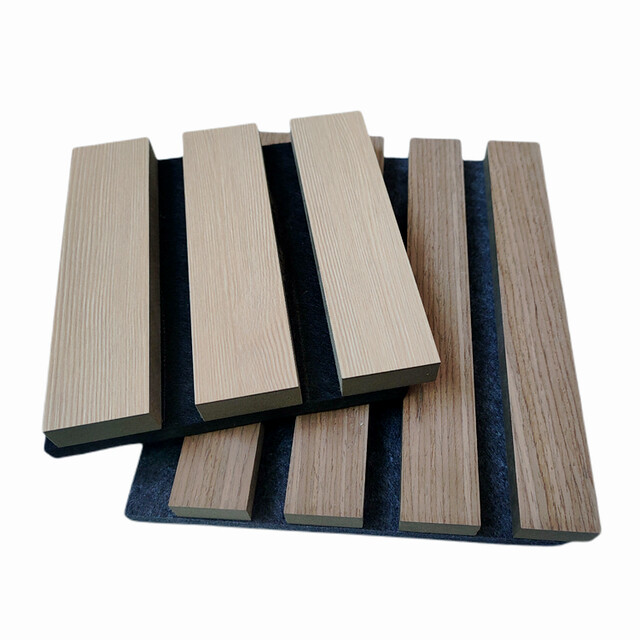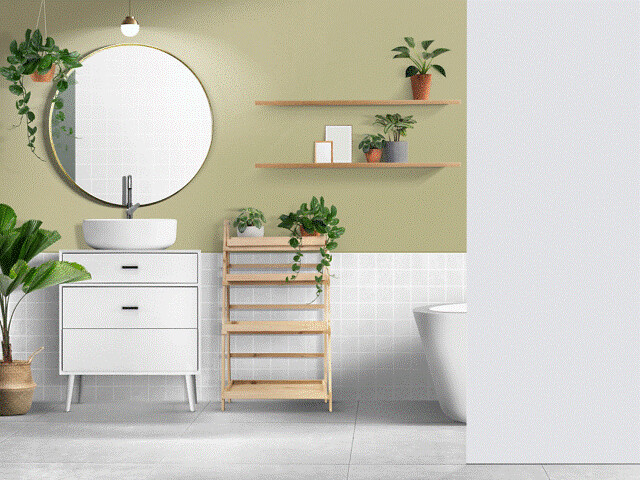The Benefits of a Dehumidifier
Dehumidifiers remove excess moisture from the air, reducing mildew and mould. They also help reduce musty odours and can make you, your family, and your pets healthier.
They work by absorbing water through cold coils and draining it into a water tank or a bucket, which can be connected to a hose so that the accumulated moisture is continuously pumped away from the room.
Reduces Humidity
The moisture in the air can affect your health and your property. It ruins clothes, damages wood and encourages the growth of mold, dust mites and other allergens that can irritate your sinuses and cause asthma.
Keeping the humidity level in your home at about 50% will protect your furnishings and belongings, control allergy symptoms and prevent the build-up of harmful organisms. Removing excess moisture also allows your air conditioner to work more efficiently because it will not have to use as much energy.
A dehumidifier sucks the moisture out of the air, collecting it in a water tank or other container for later draining. Most units have a small hole in the casing that will accept a hose so the moisture can be drained outside or down the sink.
Dehumidifiers are especially effective in damp areas such as basements, crawl spaces and bathrooms. They are often used to help dry and repair walls after a flood or leak, as well as to keep moisture under control in general.
Dehumidifiers can also be used to help preserve books, paintings and other valuables in closets or cabinets. They can help with rust on metal objects and furniture or in garages where tools, bikes and cars are susceptible to damage from moisture.
Saves Energy
Keeping your home dehumidified can significantly cut down on mold growth, which can be difficult to eradicate once it starts. It also eliminates musty smells, which can be hard on the lungs and make your home less welcoming. Mold and mildew can also stain and damage surfaces.
Dehumidifiers draw a lot of electricity, but many can be energy efficient. Look electric fan for models that have Energy Star certification, which means they use 10 to 50 percent less energy than non-energy-efficient units.
The amount of electricity a dehumidifier uses depends on a few factors: indoor temperatures, outdoor humidity, how leaky your house is, typical wind speed (which impacts leakiness) and how often you empty the water bucket. The energy efficiency of a dehumidifier is measured by its “energy factor.” Check the Energy Star website to find dehumidifiers that meet specific power-consuming standards.
Using a dehumidifier can be even more effective when other strategies are employed to reduce humidity in the house. For example, running normal oscillating fans, keeping windows closed and taking shorter showers can help a dehumidifier run more efficiently. It’s important to keep electric fan vendors in mind that dehumidifiers require frequent maintenance, like cleaning filters and aeration tubes. This can cause them to lose energy efficiency over time. The good news is that if you follow these tips, your dehumidifier can continue to run efficiently.
Recycles Water
A dehumidifier collects water in a reservoir before it is expelled back into the room. This water can be incredibly useful, and it doesn’t need to go down the drain. Most dehumidifiers have a threaded hole or adapter that can accept a standard garden hose. Simply connect a hose and direct the dehumidifier’s tank to drain away from your house. If you use a lot of water in your home or work, this is an excellent way to save a significant amount of fresh tap water.
While dehumidifier water isn’t safe to drink, it can be used in many other ways. Most of us have a mop bucket in our home, which can be filled with dehumidifier water and then used to clean floors, counters or surfaces. This is a great alternative to using fresh tap water, and it also saves you from lugging heavy buckets of water around your home.
Another great use for dehumidifier water is to water houseplants. This is a great way to recycle the water without wasting it, and you can use it in gardens as well. It’s important to note, however, that the water from a dehumidifier may contain some contaminants such as mold, mildew or dust, since it hasn’t been filtered before being stored in the container. Therefore, it’s best to only use this water on plants that aren’t edible or could absorb these contaminants in their roots.
Reduces Allergies
While mold plays a vital role in nature by breaking down dead organic material, in your home it can create an allergen problem that triggers symptoms like coughing, wheezing, and watery eyes. A dehumidifier reduces allergies in your home by reducing the number of mold spores and other allergens in your house.
Allergies occur when the immune system overreacts to substances like pollen, pet dander, and mold spores that enter your house. While air filters and HEPA air purifiers help remove these allergens from your indoor environment, a dehumidifier can create conditions that make it hard for these allergens to survive in the first place.
Dehumidifiers prevent condensation by removing excess moisture from the air, which also protects your sheets and other fabric from mold and mildew. This means that you don’t need to wash your bedding as often, saving both money and energy.
Mold spores and dust mites, microscopic pests that live in your bedding and other fabrics, thrive in high humidity environments. Keeping your humidity levels below 45% inhibits their growth, and helps control allergy-triggering symptoms in those with sensitive skin.
A dehumidifier can also improve asthmatic symptoms by lowering indoor humidity, helping your body maintain an optimal temperature and preventing dangerous respiratory complications like dehydration. It can even reduce the risk of respiratory infections for children, says Healthline.



